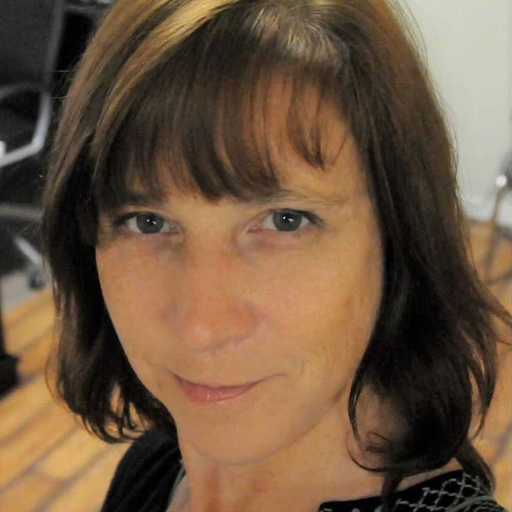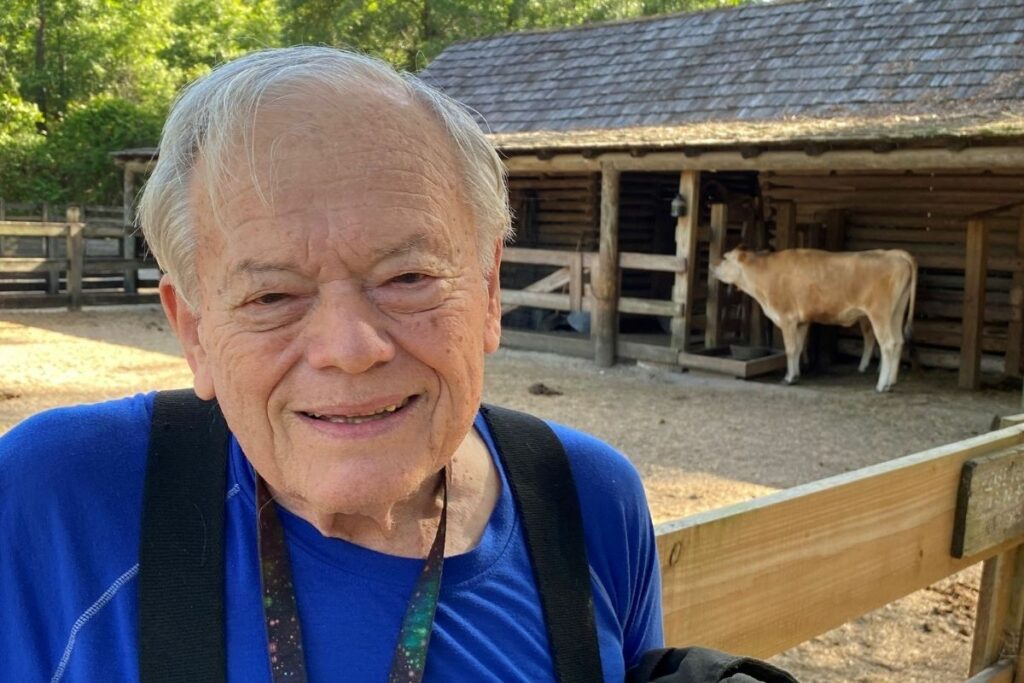
City of Gainesville education assistant George Chappell starts out his shift at Morningside Nature Center bright and early at 8:30 a.m. three days each week.
“I let the chickens out and check on all the animals,” Chappell says. Then he feeds the sheep, the three little pigs, and two Jersey dairy cows named Daisy and Zinnia.
Every Wednesday afternoon during the Barnyard Buddies feeding, Chappell introduces each animal to visitors who then get to help with the feeding chores on the Living History Farm that is operated by the City of Gainesville’s Nature Operations Division. At special events, Chappell teaches children how to use tools from the era to make wooden steamboats.
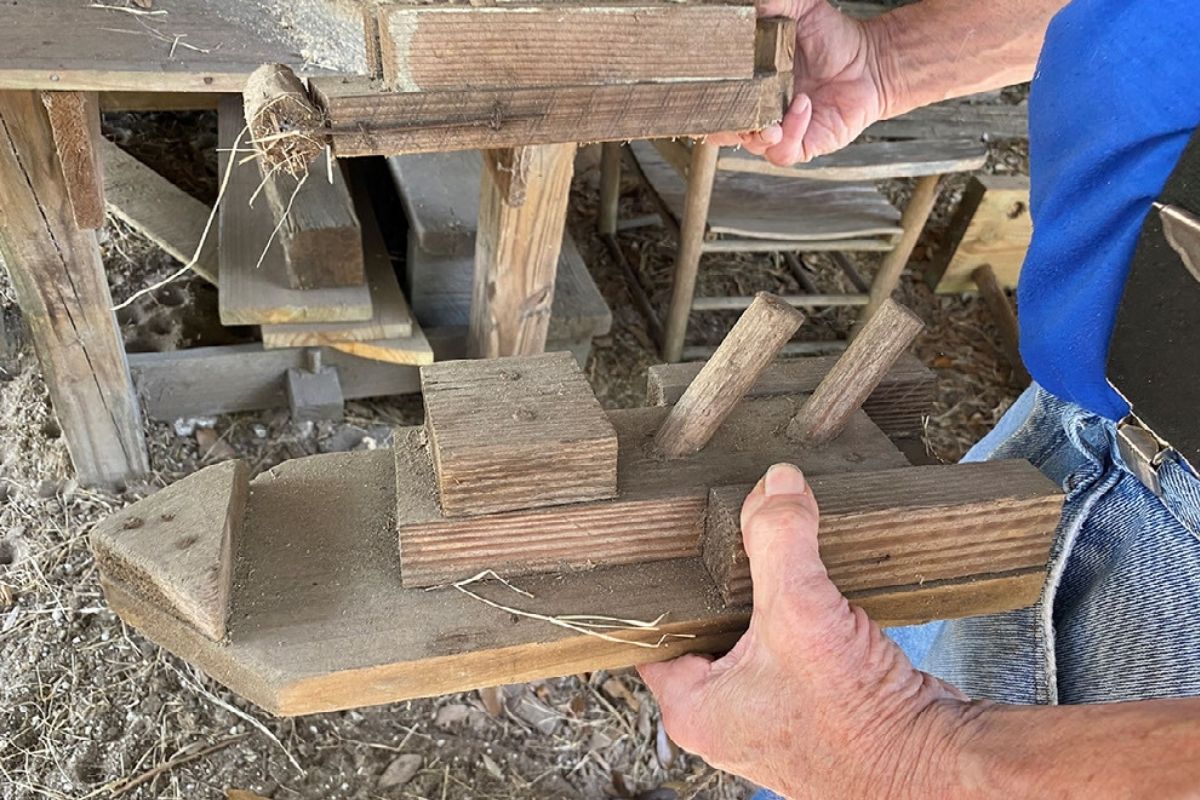
The center maintains a small farm meant to simulate a North Florida family homestead from the mid-1800s. The farm includes a cabin and schoolhouse, which were built in the 1840s, and later moved to the site, along with newer farm buildings constructed as authentically as possible. On most weekends, volunteers dress in period attire and teach visitors about rural life in historical Alachua County.
Chappell, who was born in 1940, says he is just a “small town boy” who grew up in Bradenton, Florida where his father worked at a local factory making wire-bound crates used for shipping fruit.
His first childhood memory was hearing that factory sound the alarm that the U.S. was at war.
“I remember Pearl Harbor,” Chappell said. “I was almost two years old and they were blowing the whistles in town. Daddy came home and said, ‘We’re at war.’ The Japanese had bombed Pearl Harbor.”
Chappell moved with his family to Arcadia, Florida at age four and remembers playing with his collection of plastic fighter planes as a kid as he learned all about the war from his father.
“In Arcadia, I learned about cowboys,” Chappell said. “It was a cow town.”
He ended up in Gainesville when his father got a job at Atkins manufacturing in Gainesville. “We were lucky to get a house,” he said because the war had ended and soldiers returned.
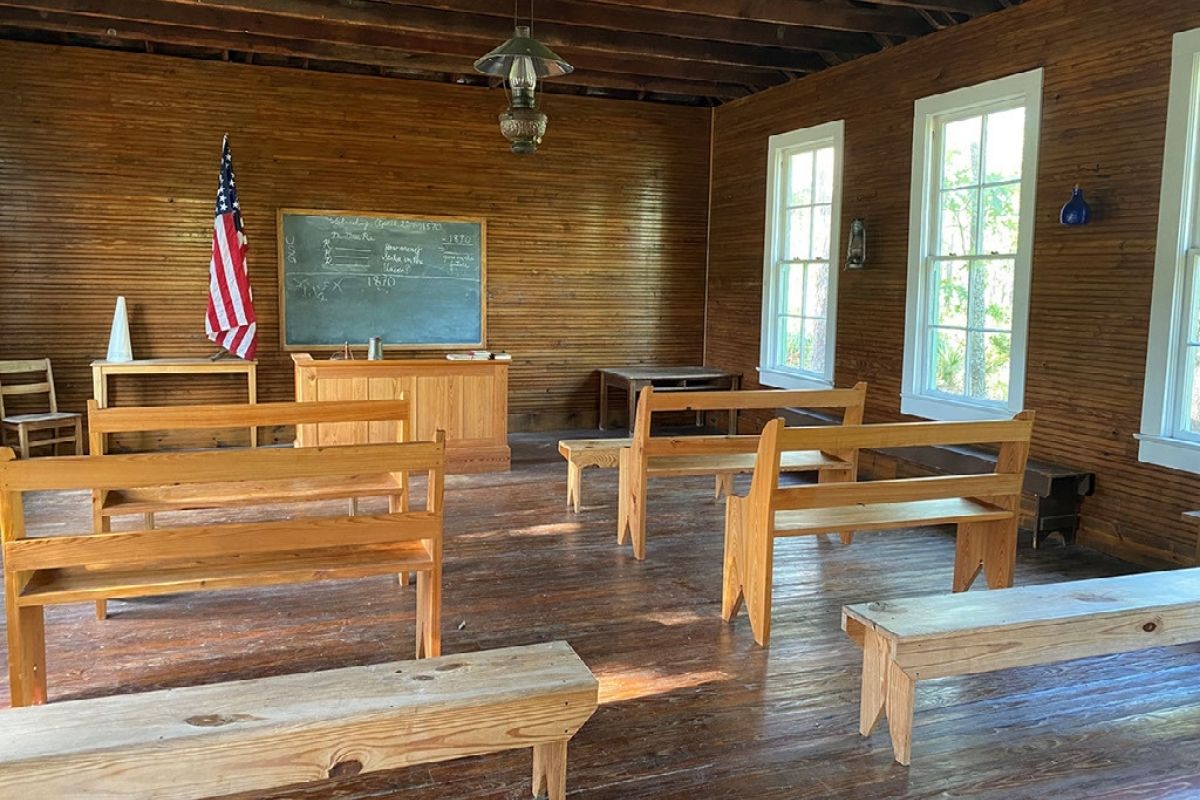
He remembers two-story wooden houses being moved from Camp Blanding to Flavet Field at the University of Florida. They were set up for family housing as returning military took part in the G.I. Bill.
Chappell attended school at Kirby Smith until he became a freshman at the new Gainesville High School when it opened on 13th Street. He was part of the first graduating class at the new location in 1958.
He remembered being good at reading but not so good at math but he caught up when he was placed in accelerated math and developed a knack for geometry.
“I always did very well in history,” he said. “My father liked history and read it to me as a kid.”
In his senior year, Chappell said he entered the high school science fair and when his project on sargassum weed caught the attention of a contest judge from Woods Hole Oceanographic Institute (WHOI) in Cape Cod, Massachusetts.
Chappell had collected samples and taken photos of the large brown seaweed while his family visited the Florida Keys. That effort earned him a summer job working at the WHOI where he helped with research projects about hurricanes and eddies.
“The first year I went out on an Army transport ship that would roll at 52 degrees,” Chappell said. “We would chase hurricanes to get as close as possible. It was pretty fierce.”
Chappell’s task was to climb out on the ship’s fantail and drop a bathythermograph used to collect samples of water temperature at different depths.
He was accepted on a scholarship to Florida State University to study physics and earned his associate’s degree.
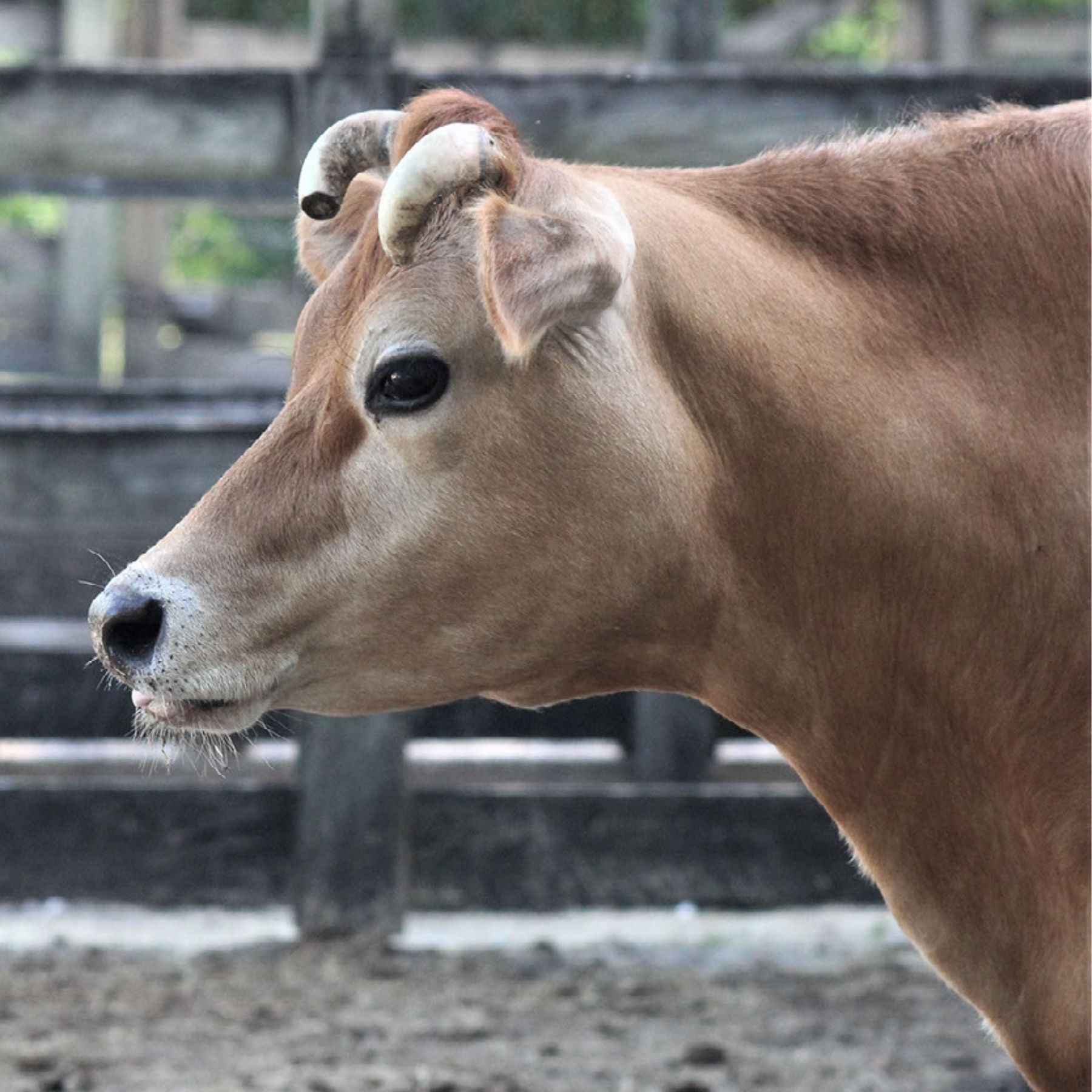
Chappell went on to carry out four years of summer work at WHOI including during his two years at the University of Florida where he graduated with a bachelor’s degree in physics.
During his internships, he became part of a geophysics cruise across the Atlantic and to the Baltic Sea and to Helsinki. When he crossed the North Sea, he said “it was like glass.”
Chappell entered graduate school to study marine geology, but soon there was a draft for the Vietnam War.
He said when he checked, his number had not been called yet but he was planning to enlist in the U.S. Marines because he was “was tired of school.”
When his classmate asked him about his plans, Chappell revealed he had been taking extra physics courses. That’s when he learned about the U.S. Coast and Geodetic Survey opportunity and he was encouraged by his father to apply.
U.S. Coast and Geodetic Survey was an effort that kept nautical charts and land surveying current.
Chappell got accepted and spent seven years conducting surveying in Alaska in response to the Good Friday Earthquake in 1964. “When they learned that I don’t get seasick, I got the job,” he said.
The event marked the largest earthquake to hit North America with a magnitude of 8.4 to 8.6 on the Richter Scale and a report of 9.2 moment magnitude (Mw).
He returned and settled down with his wife and family in Palatka before moving back to Gainesville to work in the coastal engineering laboratory at UF until 1999.
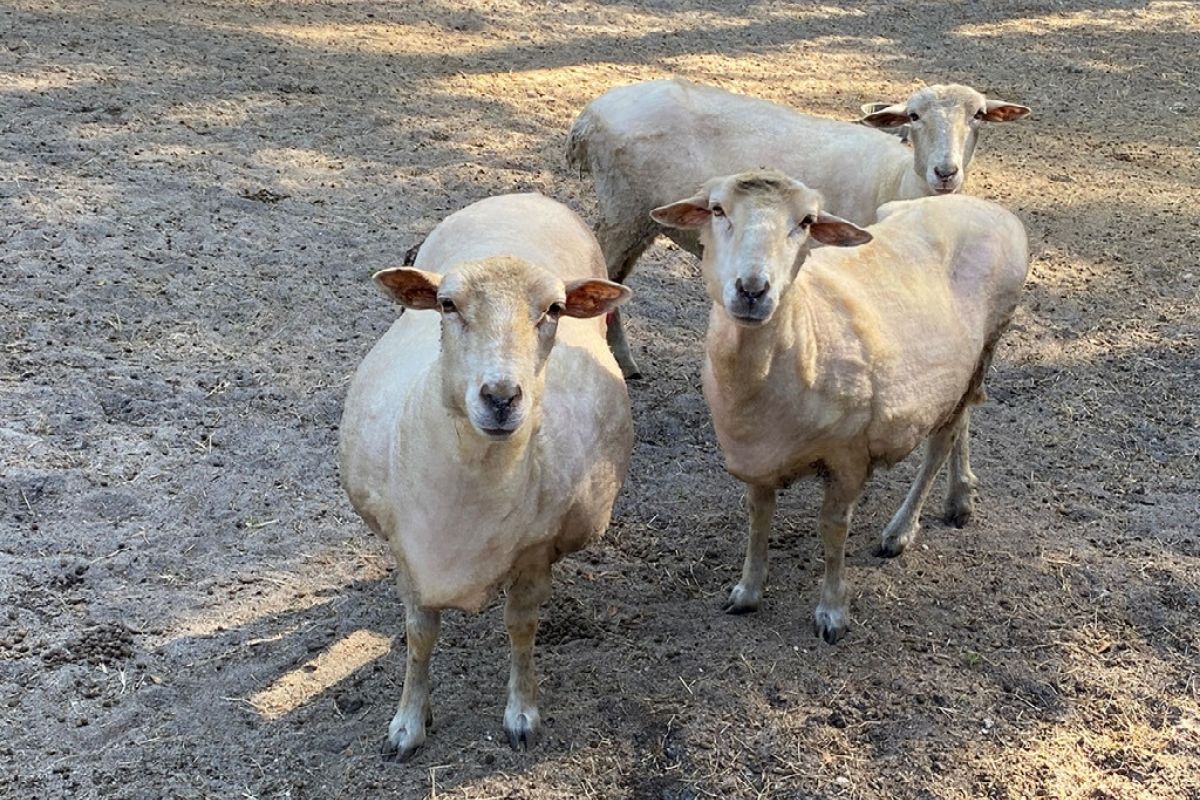
At age 50, he got involved in a local seniors program and went back to school to study computer networking at Santa Fe College. He spent time working at Paynes Prairie State Park. And it was a conversation he had at the local post office with former City of Gainesville volunteer coordinator Gary Paul that led him to a position at Morningside Nature Center.
“We were talking about the history around there, and he said, ‘You’re interested in history, come see me.’”
“I went out and learned about the living history being taught on the farm and they needed someone to do research and recruit volunteers for the program,” Chappell said.
“The research was a lot of fun,” Chappell said. “Some fantastic things happened in Florida, the interaction between the church and natives and Spanish colonists that were here.”
Chappell also tackled researching the rusted tools in the barn. He verified which tools were available and in use in 1870, then he cleaned them up, repaired them and started teaching volunteers and visitors how to use them. He also recruited volunteers who could spin, weave, and work with the wool, and designed classes to teach kids how to build rustic wooden steamboat toys.
Chappell lost his wife to an illness and has continued to work at Morningside going on 22 years now.
Visitors and coworkers say his wisdom is invaluable and they are lucky to have him there to share his passion for history.
Suggested Articles
No related articles found.



